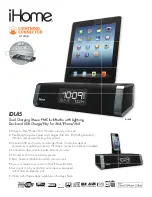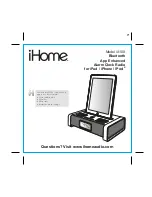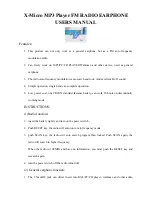
Kapiti Amateur Radio Society Inc. Branch 69
On the care and feeding of MD-380 handhelds
By Jeff
Graham
ZL2JG
Introduction
The MD-380 is a 70cm band handheld that supports traditional analog FM and the new digital ETSI
DMR standard available from more than a half dozen manufacturers. DMR is sometimes called
MotoTRBO by Motorola users.
MD-380 Operation
Turning on / off
The on / off and volume control is the knob on the top of the right hand side of the radio. Turn it
clockwise to turn on and adjust the speaker volume, counter clockwise until it clicks to turn off.
Transmitting
Press the orange PTT switch on the side of the radio, if you hear an access permit tone – two short
musical notes, you are successfully accessing the repeater and the timeslot/talk group you need is
available. If you hear no tone or a long steady single tone, either you are out of range of the repeater
or it is busy. Before transmitting check the display – this will show the repeater and talk group you
will transmit to.
LED
There is an LED in front of the volume control knob. It goes green if one or more talk groups on the
repeater is active, although you will hear no audio if the active talk group is not the one you currently
have selected. It goes red when you transmit.
Changing channels
The channel selector is the centre knob on the top of the radio. It has 16 positions. The currently
selected channel is displayed on the LCD screen. The channels are a combination of repeater, timeslot
and talk group. Each repeater supports two timeslots (two independent conversations) and multiple
talk groups.
Changing Zone
Channels are organised in to zones (banks) of channels. The zone is changed via the keypad.
Press the green
“menu”
key, use the
↓
key to scroll to zone
Press green key to confirm
Press the up or down arrow keys to select the desired zone
Press green key again to confirm
Note – there is a 'feature' in the MD-380 in that it will ignore the keypad if the currently selected
timeslot is active, in other words you can’t change zone while a QSO is in progress.
One way to work
around this is to change channel with the selector knob to an idle channel, then you will be able to
August 2015 Page
1


























